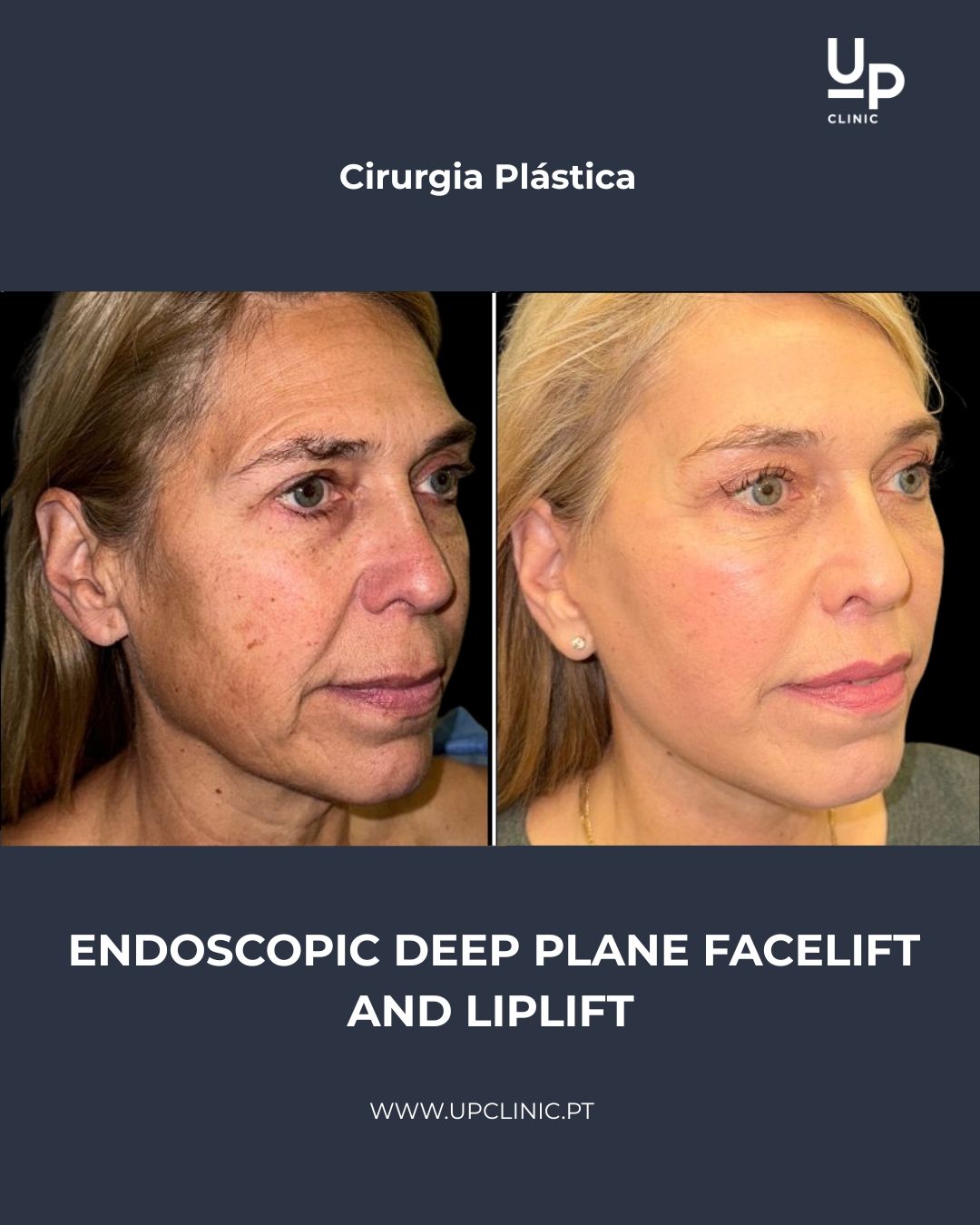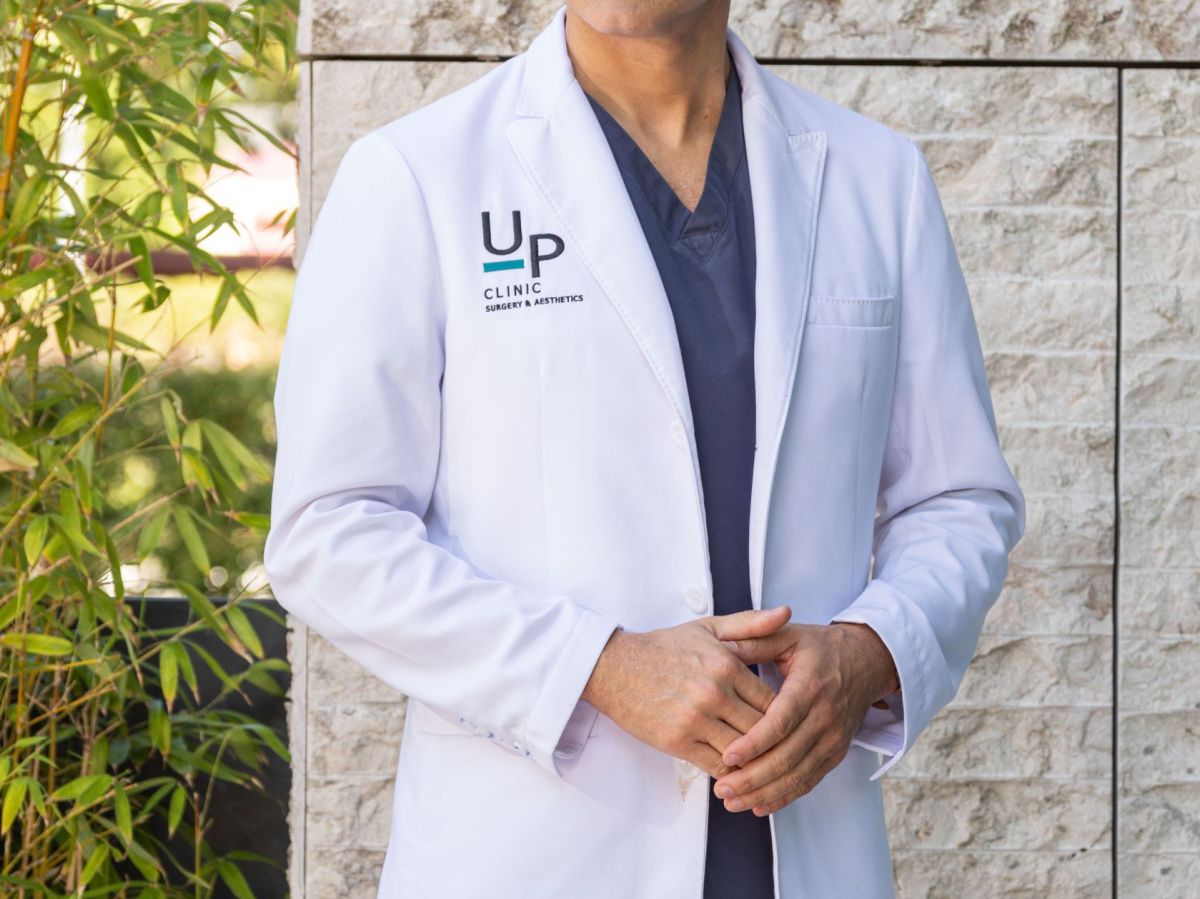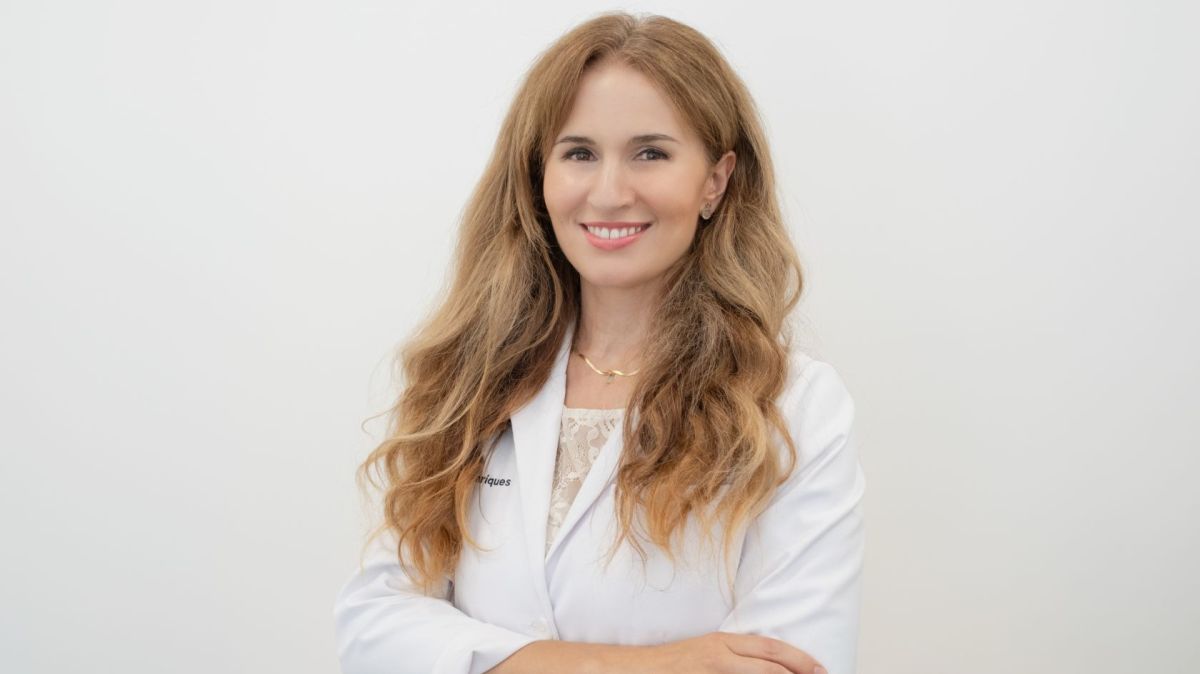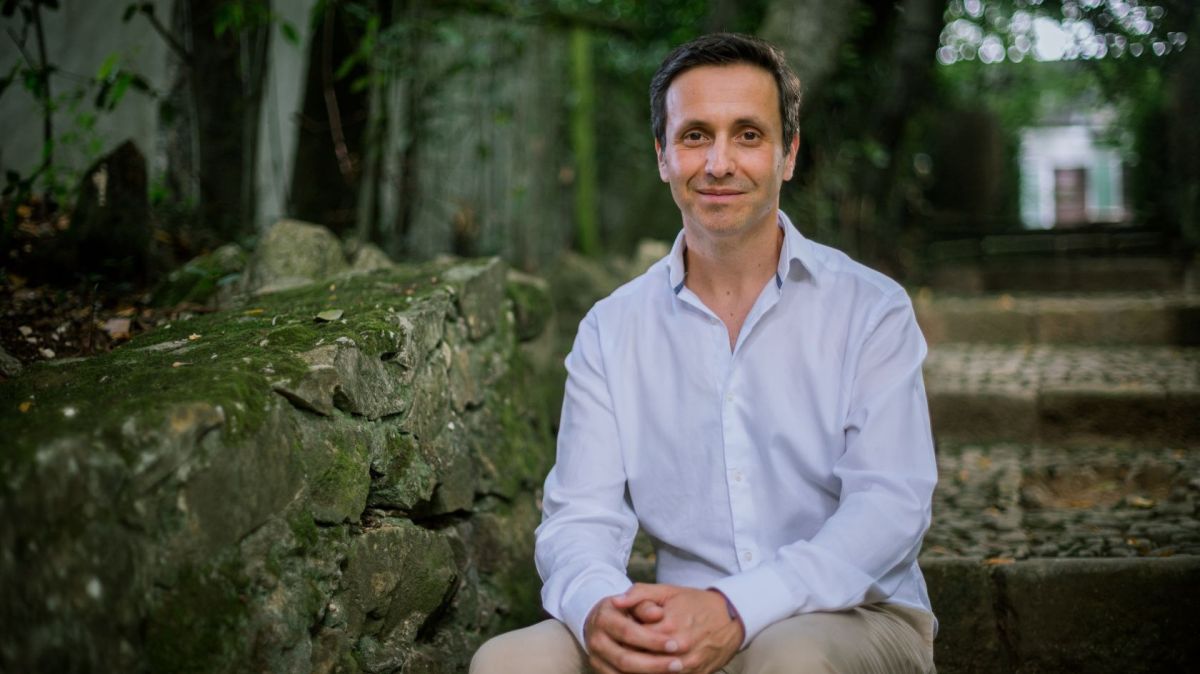With more than 20 years of experience, he already has his training centre, teaching other doctors techniques of facial surgery. He is invited to attend conferences abroad, all over the world, like Singapore, Brazil, Istanbul, Cairo, or in the USA, including an invitation to teach Facelift techniques at Mayo Clinic Rochester in 2026.
When he started his career, the field of facial surgery was “insufficiently taught”, being “mainly reconstructive and very little aesthetic” focused. This panorama led the doctor to think that it was not enough, and led Tiago Baptista Fernandes to enrol in different post-graduations and visit other realities, namely in the USA.
The Portugal News (TPN): Why did you consider that the techniques used were insufficient?
Tiago Baptista Fernandes (TBF): Traditionally, the lifting of the face was a lifting of the skin. In other words, they opened the skin, stretched it and took out tissues. This had several disadvantages, because the skin is elastic, so if we stretch it will go back, and when it goes back, naturally, it will cause a loss of the result.
Even worse, it will cause tension placed in the scars, and this means that there would be a very high probability of having bad scars, and the results tend not to be neither long-lasting, neither natural, because it could give patients a windblown appearance. The techniques have always been evolving, and at the beginning of the 90s, American surgeons (Bruce Connel, Sam Hamra, Richard Warren and others) began to look for a deep plane technique, a technique where the deep tissues were repositioned. I usually make an analogy with making a bed. We make a bed by correcting the bedsheet, and only then do we put the bedspread. The bedspread is the skin, the bedsheet is the deep tissue, so no one is going to make the bed by pulling the bedspread and leaving the bedsheet bruised.
TPN: What do people aim for when asking for a facelift?
TBF: Above all, people want to have what they feel inside to have a correlation between the sense of vision and the sense of the person themselves. This means people think they are much younger inside than they seem to be outside. Naturally, social media are bad examples; they are vulgar on this part, because people are always being confronted with beauty, with perfection, even because when we get out of bed and when we look in the mirror, it does not correspond to what people see online.
But on social media, everyone is wearing makeup, maybe they are full of filters; therefore, there is an incessant search for something that the passing of the years does not allow. But also, the constant use of aesthetic medicine, such as botulinum toxin, fillers, peelings, and non-surgical facial rejuvenation, from a certain level of aging, they stop being effective. And after that, there are two options: either people migrate to a more advanced intervention, or they end up having those super false results that we see in countless Hollywood stars.
And now, if we check the latest statistics by the International Society of Aesthetic Surgery, we see that there was a decrease of 14.8% in body surgery, 14% in breast surgery, and an increase of 4.3% in face surgery. From the point of view of Facial non-surgical procedures, a rise of 42% and with 8% less use of fillers. Finally, people are starting to understand that those full faces are very ugly.
Furthermore, we now have a very important evolution of the endoscopic facelift. It did start in the 20th century; however, in the past 3/4 years evolved dramatically, and currently allows to achieve similar results to open deep plane mini facelifts techniques (depending on the facial ageing), making the Endoscopic Deep Plane Facelift the most advanced facelift in the world. And we are very proud to be in one of the few plastic surgery clinics that have it available for our patients and master this procedure.
TPN: How is the recovery after plastic surgery?
TBF: There is individual variability, and we have the surgical technique of each surgeon; there are surgeons with a heavy hand and surgeons with a lighter hand. Which means that the aggression that is done to the tissues will also determine the patient's response.
To sum up, there are different individual aging, genetic and environmental processes; we cannot expect that a younger person, with a more reduced intervention, has the same type of swelling and recovery as an older person, not by age, but because they have a much more marked ageing, which will force the surgeon to be more complete in his intervention.
And therefore, from a practical point of view, people should consider 2 to 3 weeks of recovery after a facelift to be able to be presentable. Now, parallel to this, we have a preparation of the patient for the intervention. The patient has to be healthy, has to have good blood analyses and have a preparation with some type of supplementation if needed. In the post-op, the use of specialized manual lymphatic drainage, of LED light, and of the hyperbaric chamber is very important so that this can make a recovery as best as possible.

TPN: Are people looking for the procedure as a prevention?
TBF: This question is very pertinent. Not everyone has this notion, but there are really many people who do exactly what you are saying. People in the age of 35 are starting to have this approach. Not only to correct little things that are already noticeable, but also to delay the speed of ageing. The minimally endoscopic facelifts are now gold standard to achieve this goal.
TPN: When should a surgeon say no to a patient?
TBF: A responsible plastic surgeon must know when to say no to a patient, and this usually happens when the request involves unrealistic expectations, medical risks, or psychological concerns. If a patient believes surgery will completely change their life, wants results that are anatomically impossible, or demands perfection, it is better to refuse and guide them toward counselling or more realistic goals. Likewise, procedures should not be performed on patients with uncontrolled health conditions such as severe diabetes, heart disease, or bleeding disorders, or in those whose lifestyle factors like smoking or substance abuse significantly increase surgical risks. Psychological red flags, such as body dysmorphic disorder, major depression, anxiety, or pressure from others to undergo surgery, are also clear reasons to decline, as surgery cannot replace mental health care or resolve external pressures. Timing and motivation matter too — surgeons should avoid operating on very young patients, those rushing into extreme procedures, or people seeking surgery during a temporary emotional crisis. Finally, ethical boundaries must be respected: a surgeon should refuse procedures that compromise safety, fall outside their expertise, or prioritize cosmetic demands over function. In many cases, saying no is the most professional and compassionate decision because it protects the patient’s health, wellbeing, and long-term satisfaction.
TPN: Is there any risk with the notorious increase in aesthetic medicine treatments?
TBF: The plastic surgery scientific committees are extremely concerned about the use and abuse of thermal devices for skin tightening, the constant use of products that supposedly produce a skin retraction effect and collagen stimulation. There are specific protocols for those treatments to have a good outcome, but it’s not for all cases, and not for all ages. We see constantly internal fibrosis, scarring, nodules, threads, all sorts of situations, that make our job more complicated and that may make a facelift, no matter what technique is used, not doable.
TPN: How can people access the clinic treatments?
TBF: Social media and the website upclinic.pt are great platforms to contact us. People should get to know the surgeons, see with whom they identify more, because we cannot please everyone, each of us has a certain positioning in life, and therefore, the people who identify with that surgeon, with that person, is the one they should go to. Because if there is no empathy between the doctor and the patient, we will probably not be able to reach the desired results.
Dr. Tiago Baptista Fernandes
Plastic Surgeon and Clinical Director at Up Clinic
https://upclinic.pt/plastic-surgery/face/endoscopic-facelift/?lang=en













